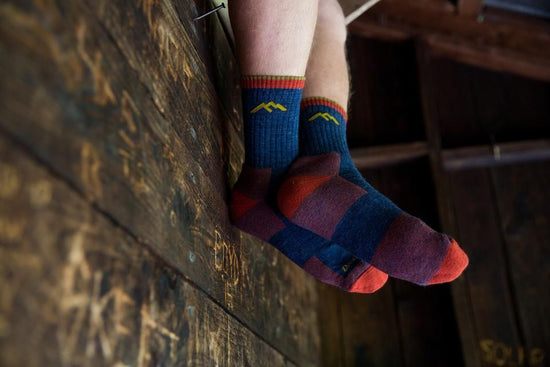Each spring, a fair number of people come across a baby bird that is out of its nest and on the ground. It is an event that often creates the dilemma of having to decide what, if anything, should be done to help.
If you decide you can or want to provide assistance, the first thing to do when you see a baby bird on the ground is determine if help is really needed. This can be accomplished by noting if the bird has developed adult feathers, a short tail, and is able to hop around on the ground. If it has these characteristics, then it is a fledgling and, for the most part (if it has not been injured or is in a position of danger) requires no help at all.
During the fledging stage of a bird’s life, the young birds of many species spread out. and the parents feed them in different places thereby increasing the chance that some of their brood will survive. During this vulnerable period, the best thing you can do to help the young birds is leave them alone and to make sure your pets are indoors or closely watched when outside. Of course, if the bird is in a dangerous spot or in direct sunlight, you may want to catch it or scoot it into a safer location
If the chick is largely naked (a hatchling) or has only soft, fluffy down feathers (a nestling) and doesn’t move about very much, you can try to return it to its nest or, if it is capable of holding itself upright, set it on a tree limb in the hope that the parents will return to care for it. Don’t worry that the adult birds will shun the chick because they can detect the scent of a human on it. According to the experts, birds have little or no sense of smell and will be unable to detect that you have handled the chick.
If no nest can be found or is within reach, and you want to attempt to do something more for a hatchling or nestling, you can try making an artificial nest by filling a small container, such as a small berry basket filled with straw, tissue paper, or strips of an old t-shirt. This makeshift nest should then be affixed to a tree close to where the nestling was found, and then you should watch the nest for an hour or two to see if the nestling’s parents return.
Should you be unable to help a fallen hatchling or nestling, or you have found an injured fledgling, your best bet is to locate a local wildlife rehabilitation specialist to find out what, if anything, to do next. To do that, look up the website of the NJ Wildlife Rehabilitators or the Pennsylvania Association of Wildlife Rehabilitators. Both organizations provide directories of rehabbers in your area.
If you cannot contact a local “rehabber” because it is after hours or for some other reason, there is still something you can do. Put the chick in a cardboard box that is lined with paper towels and has air holes punched in the top. Then put a heating pad (set on its lowest setting) beneath the box or set a bottle filled with warm water in the box itself to help keep the young bird warm. Do not try to feed the bird or give it water; it is more likely to harm the bird than help it. With luck, this will keep the chick alive and comfortable until you can get in touch with a wildlife rehabilitator.
But no matter what you decide to do or how things work out, remember this: less than half of all juvenile songbirds survive their first year. It may sound cruel, but it is nature’s way of keeping the bird population at a size the environment can support. However, thanks to you, one baby bird had a little help in trying to beat those odds.



